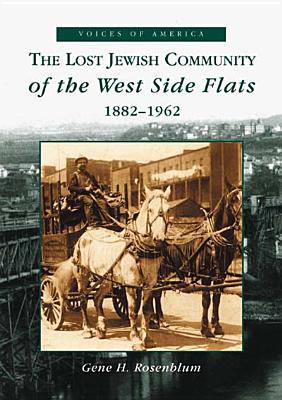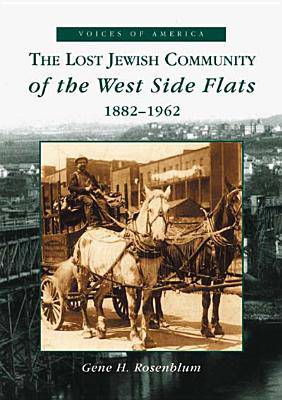
- Afhalen na 1 uur in een winkel met voorraad
- Gratis thuislevering in België vanaf € 30
- Ruim aanbod met 7 miljoen producten
- Afhalen na 1 uur in een winkel met voorraad
- Gratis thuislevering in België vanaf € 30
- Ruim aanbod met 7 miljoen producten
Zoeken
Omschrijving
Beginning in 1882, many Russian and Eastern-European Jews who fled to the United States settled in the "West Side Flats" in St. Paul, Minnesota. The area once stretched from the banks of the Mississippi River to the cliffs of the West Side Hills, about 320 acres in all, but has since fallen victim to the vagaries of the mighty river and the progress of "urban renewal." The Lost Jewish Community of the West Side Flats: 1882-1962 takes the reader on a pictorial tour down memory lane. The families, houses, businesses, streets, and synagogues-all vanished now-are brought back to life through vintage photographs from the archives of the Jewish Historical Society of the Upper Midwest, the Minnesota Historical Society, and the private collections of many former residents. This is a memoir of a historic neighborhood that can no longer be visited.
Specificaties
Betrokkenen
- Auteur(s):
- Uitgeverij:
Inhoud
- Aantal bladzijden:
- 128
- Taal:
- Engels
- Reeks:
Eigenschappen
- Productcode (EAN):
- 9780738519869
- Verschijningsdatum:
- 5/06/2002
- Uitvoering:
- Paperback
- Formaat:
- Trade paperback (VS)
- Afmetingen:
- 166 mm x 238 mm
- Gewicht:
- 294 g

Alleen bij Standaard Boekhandel
+ 69 punten op je klantenkaart van Standaard Boekhandel
Beoordelingen
We publiceren alleen reviews die voldoen aan de voorwaarden voor reviews. Bekijk onze voorwaarden voor reviews.











